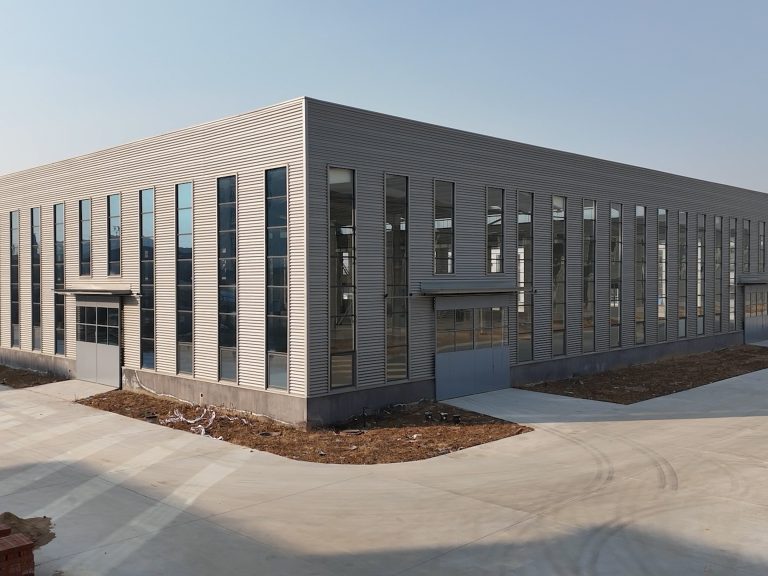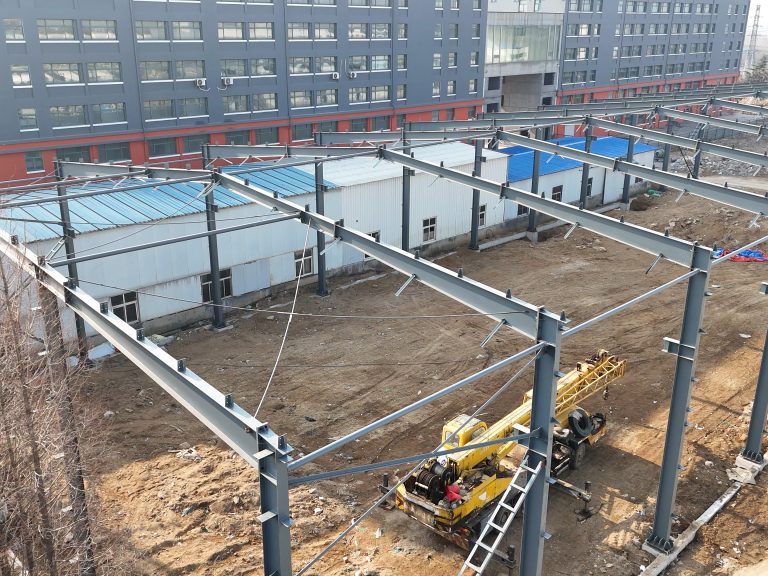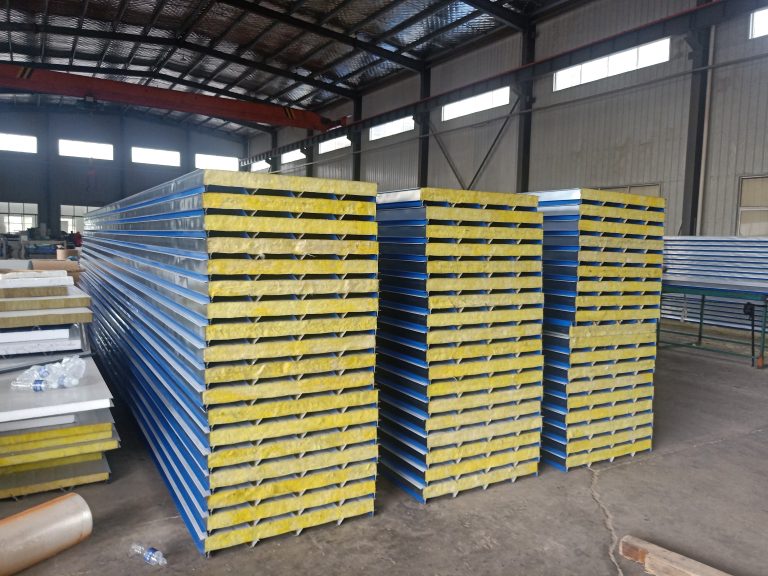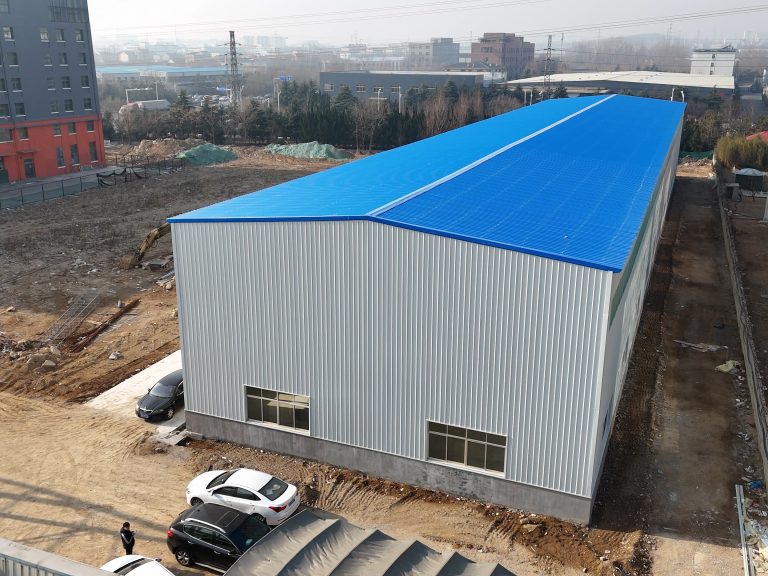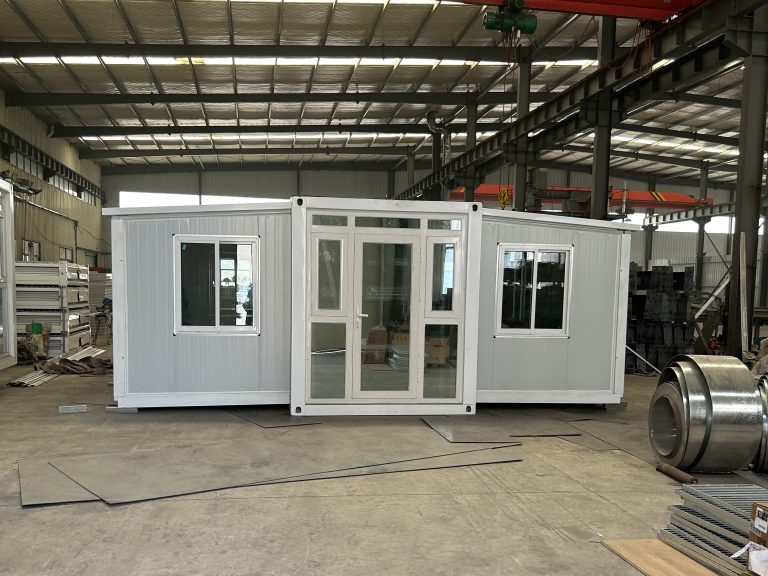Table of Contents
Strength and Durability Comparison between Steel and Concrete Structures
Steel and concrete are two of the most commonly used materials in construction, each with its own set of advantages and disadvantages. When it comes to strength and durability, both materials have their own unique properties that make them suitable for different types of structures.
Steel structures are known for their high strength-to-weight ratio, making them ideal for buildings that require large open spaces or tall structures. Steel is a versatile material that can be easily fabricated off-site and assembled on-site, reducing construction time and costs. Steel structures are also highly resistant to natural disasters such as earthquakes and hurricanes, making them a popular choice for buildings in areas prone to these types of events.
On the other hand, concrete structures are known for their durability and fire resistance. Concrete is a strong and durable material that can withstand heavy loads and harsh weather conditions. Concrete structures are also highly resistant to corrosion, making them a long-lasting option for buildings in coastal areas or areas with high levels of humidity.
When comparing the strength and durability of steel and concrete structures, it is important to consider the specific requirements of the building and the environment in which it will be located. Steel structures are often preferred for buildings that require large open spaces or tall structures, while concrete structures are better suited for buildings that require high levels of durability and fire resistance.
In terms of maintenance, steel structures require regular inspections and maintenance to prevent corrosion and ensure structural integrity. Concrete structures, on the other hand, are relatively low maintenance and require minimal upkeep over their lifespan. However, concrete structures may require repairs or reinforcement over time to maintain their strength and durability.
When it comes to cost, steel structures are often more expensive to build than concrete structures due to the higher cost of materials and fabrication. However, steel structures can be erected more quickly, reducing construction time and costs in the long run. Concrete structures may have lower initial costs, but they can be more expensive to maintain and repair over time.
In conclusion, both steel and concrete structures have their own unique strengths and weaknesses when it comes to strength and durability. Steel structures are known for their high strength-to-weight ratio and versatility, while concrete structures are valued for their durability and fire resistance. When choosing between steel and concrete for a construction project, it is important to consider the specific requirements of the building and the environment in which it will be located. By carefully weighing the advantages and disadvantages of each material, builders can make an informed decision that will result in a strong and durable structure that meets their needs.
Cost Analysis of Steel and Concrete Structures
When it comes to constructing buildings and infrastructure, one of the key decisions that needs to be made is whether to use steel or concrete as the primary building material. Both materials have their own set of advantages and disadvantages, and a cost analysis is often conducted to determine which option is more cost-effective in the long run.

Steel structures are known for their strength and durability, making them a popular choice for high-rise buildings and large industrial structures. Steel is a versatile material that can be easily fabricated off-site and assembled on-site, which can help reduce construction time and labor costs. Additionally, steel structures are lightweight compared to concrete structures, which can lead to savings in foundation costs.
On the other hand, concrete structures are known for their fire resistance and thermal mass properties, making them a popular choice for buildings that require a high level of fire protection. Concrete is also a readily available material that is relatively inexpensive compared to steel. However, concrete structures can be more labor-intensive to construct, as the material needs to be poured and cured on-site, which can lead to higher construction costs.
When conducting a cost analysis of steel and concrete structures, it is important to consider not only the initial construction costs but also the long-term maintenance and operational costs. Steel structures are typically more expensive to build initially, but they require less maintenance over time compared to concrete structures. Steel is also a recyclable material, which can help reduce environmental impact and potentially lower disposal costs in the future.
Concrete structures, on the other hand, may require more frequent maintenance and repairs due to issues such as cracking and spalling. Additionally, concrete structures may have a shorter lifespan compared to steel structures, which can lead to higher replacement costs in the long run. It is important to factor in these long-term costs when deciding between steel and concrete structures.
In terms of sustainability, both steel and concrete structures have their own environmental impacts. Steel production is energy-intensive and can contribute to greenhouse gas emissions, while concrete production requires large amounts of water and raw materials. However, steel is a highly recyclable material, which can help reduce the environmental impact of construction projects. Concrete can also be recycled, but the process is more complex and may not be as widely implemented.
In conclusion, when conducting a cost analysis of steel and concrete structures, it is important to consider a variety of factors including initial construction costs, long-term maintenance costs, and environmental impact. Steel structures are known for their strength and durability, while concrete structures are valued for their fire resistance and thermal mass properties. Ultimately, the decision between steel and concrete will depend on the specific requirements of the project and the budget constraints of the client. By carefully weighing the pros and cons of each material, project stakeholders can make an informed decision that meets their needs and budget.

